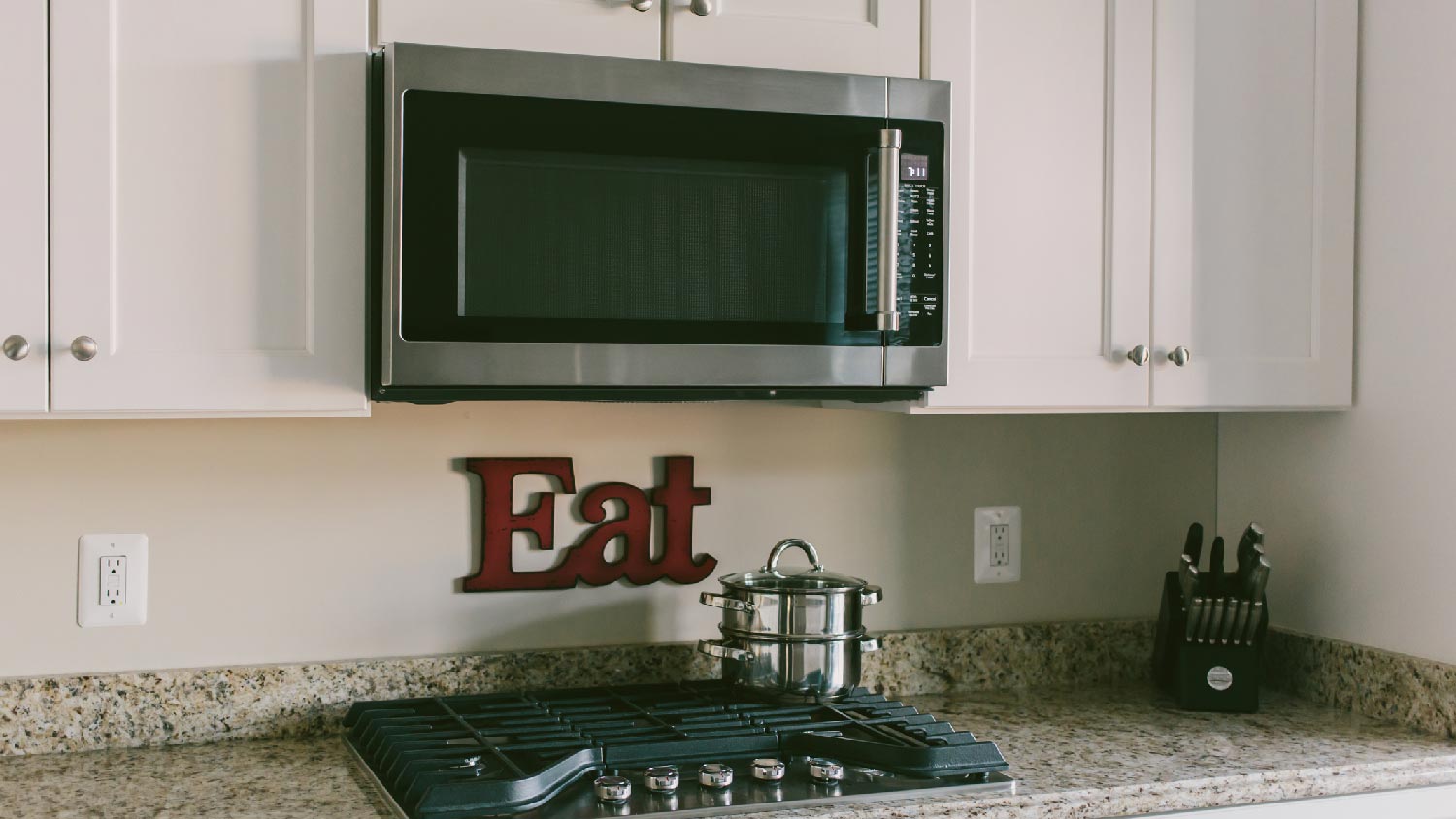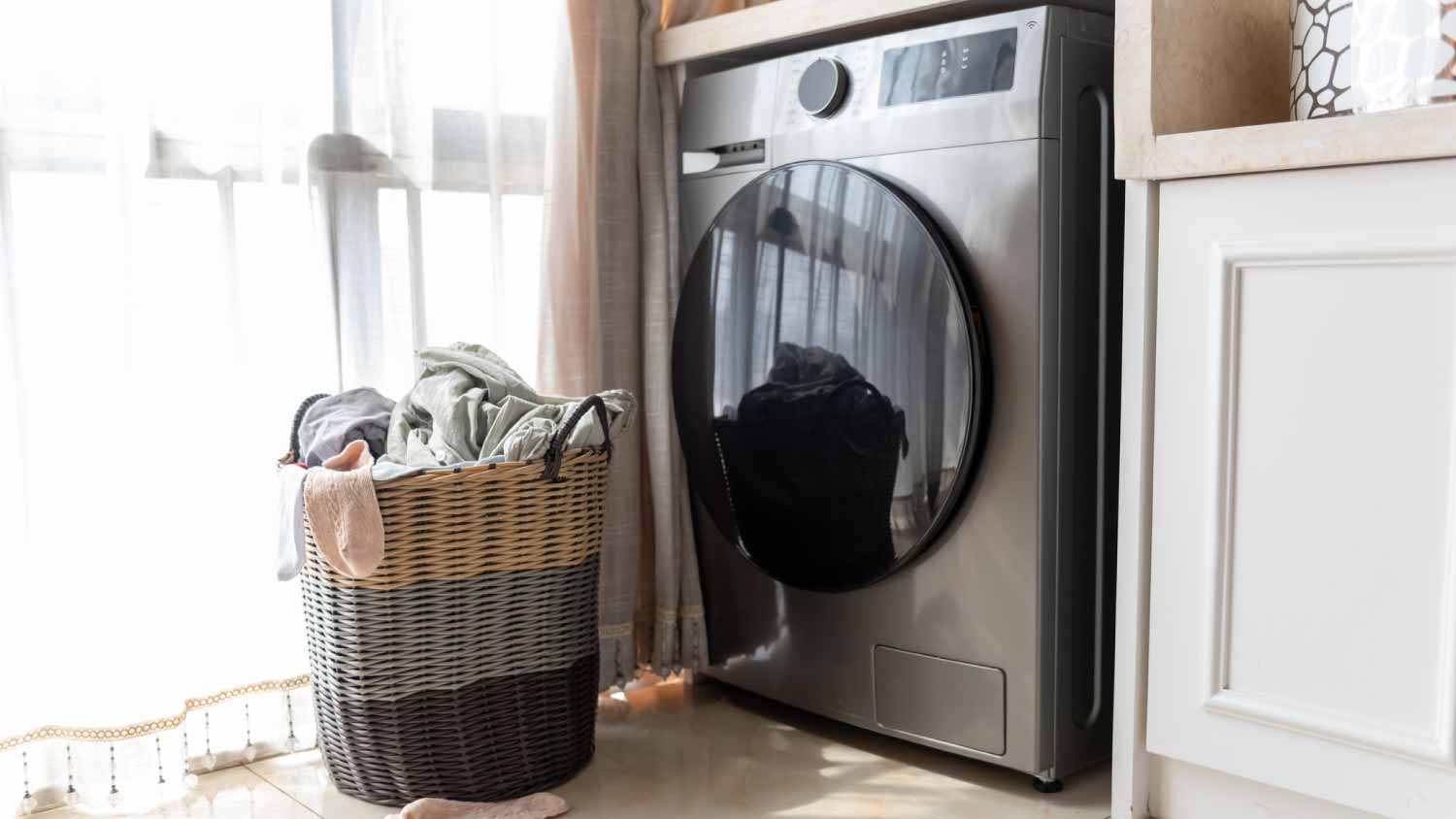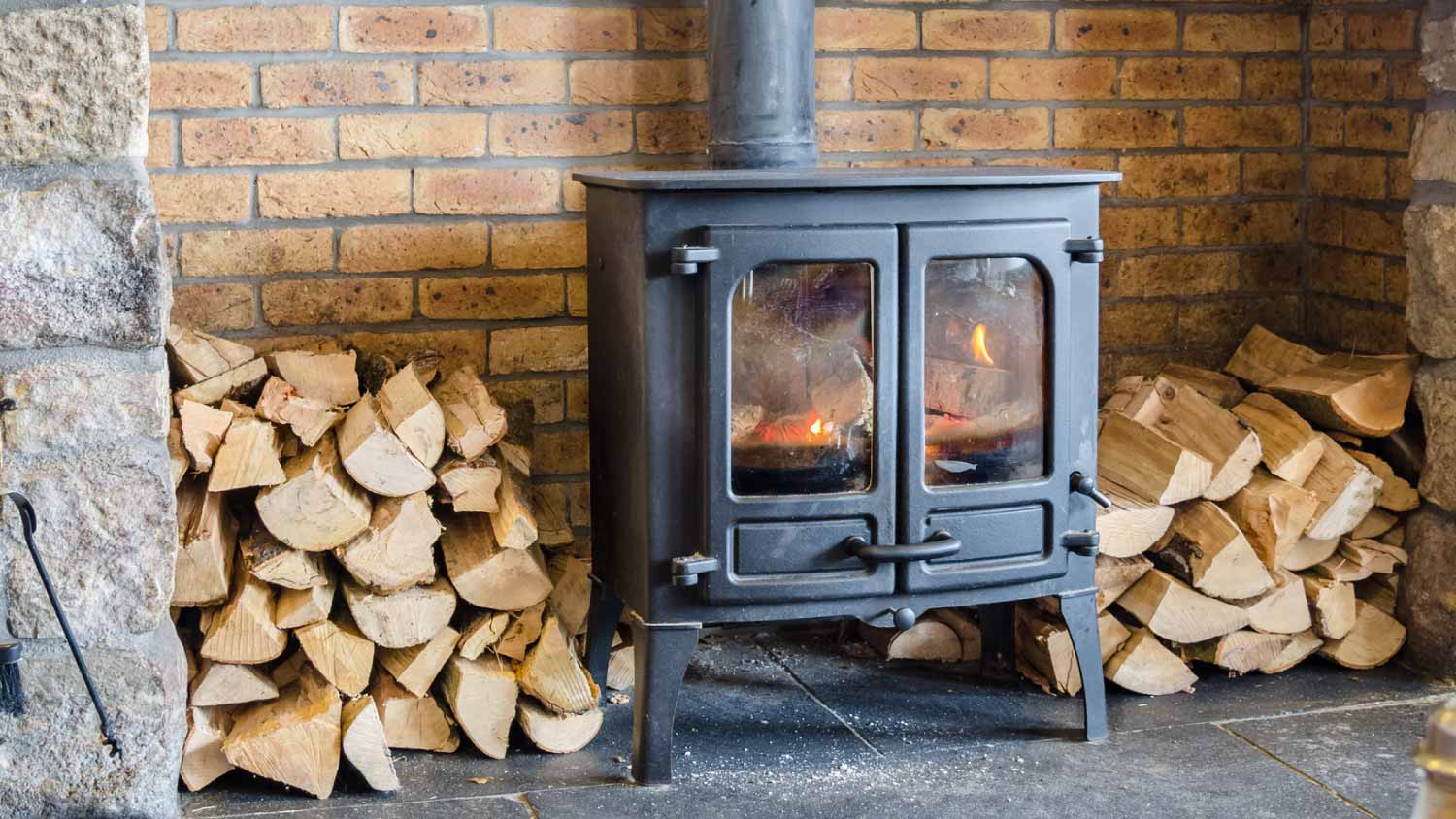What Are the Standard Dimensions of a Microwave Oven?
Make sure your microwave measures up


Most microwaves are between 18 and 30 inches wide and 10 to 18 inches tall.
Over-the-range and built-in microwaves are typically bigger than countertop models.
For the most part, countertop microwaves start around 10 inches in height and 15 inches in width.
Over-the-range and built-in units are usually at least 14 inches tall and 30 inches wide.
If you’ve ever tried to squeeze a baking dish into a microwave that’s just a bit too small, you probably realize that having the right size microwave matters. So, how do you know if you’re choosing a microwave that’s an appropriate size for your space? Well, learning about the most common microwave sizes is a great place to start. Below, we’ll dive into the standard dimensions of microwave ovens to help you pick the right one.
What Is the Standard Size of a Microwave Oven?
Microwaves come in numerous sizes (and styles), but most of their dimensions fall within the following ranges:
Width: 18 to 30 inches
Height: 10 to 18 inches
Depth: 12 to 22 inches
Microwave Sizes by Type

As we’ve mentioned, there are several types of microwaves—and each one has its own set of standard dimensions. For this guide, we’ll focus on three of the most common microwave styles: countertop, over-the-range, and built-in.
| Type of Microwave | Height (in) | Width (in) | Depth (in) |
|---|---|---|---|
| Countertop | 10–18 | 15–24 | 12–20 |
| Over-the-Range | 15–18 | 24–30 | 15–18 |
| Built-In | 14–22 | 24–30 | 18–25 |
Countertop Microwave Dimensions
Countertop microwaves sit on top of your kitchen counter or inside of a cabinet—as long as there’s an electrical socket nearby. These versatile microwaves come in a wide range of sizes, starting at around 10 inches in height, 15 inches in width, and 12 inches in depth.
Over-the-Range Microwave Dimensions
Over-the-range (OTR) microwaves are installed above your stove, typically below a set of cabinets. In addition to functioning as a microwave, they also have venting systems to capture smoke, smells, and grease while you’re cooking. OTR microwaves are often larger than countertop models, with most coming in around 15 to 18 inches in height and depth and 30 inches in width.
Built-In Microwave Dimensions
Like their over-the-range counterparts, built-in microwaves fit into a wall or cabinetry. However, they aren’t equipped with vents. So, what is the standard size of a built-in microwave? You’ll find that they’re usually at least 14 inches high, 24 inches wide, and 18 inches deep.
How to Measure the Right Size Microwave
If you’re in the market for a new microwave, make sure to size up your space before you start shopping. Measuring for a countertop microwave is straightforward: All you have to do is use a tape measure to find the height, width, and depth of the space where you’d like to set up the microwave. Then, you can look for a microwave that fits within those dimensions.
Measuring for an over-the-range microwave or built-in microwave is usually pretty easy, too. If you’re replacing an old microwave and still have the user manual, you can use the listed dimensions to figure out the right size for your new unit. But if you can’t track down these measurements, use a tape measure to take the height, width, and depth of your current microwave.
However, things get a little trickier when you need to measure for a brand-new OTR or built-in microwave. Precision is essential in this type of project, which often involves cutting through walls or cabinets and fitting a microwave into a custom-built space. Because of this, it’s better to hire a microwave pro near you for this sort of work.
Factors That Influence Microwave Size

Whether you prefer the portability of a countertop microwave or the space-saving nature of an over-the-range model, there are a few factors that will impact which size you should choose. Here are some of the most important things to consider when deciding on a microwave size.
Available Kitchen Space
The amount of available space in your kitchen is a major factor when selecting a microwave size. For example, if you’re in a studio apartment with minimal counter space, you’ll probably need a smaller microwave. But if you live in a large home with a good-sized kitchen, you’ll have more options.
Household Size
The number of people in your home will also impact how big or small your microwave should be. Families with multiple children may need a wider or deeper microwave that’s big enough to accommodate large dishes and cookware so everyone can eat at the same time.
Cooking Needs
How often do you plan to use your new microwave? If it’s only occasionally, you can probably get away with buying a smaller—and less expensive—model. But if you regularly whip up meals for the whole family using your microwave, consider investing in a bigger unit.
What to Do if You Have the Wrong Size Microwave
In many cases, buying the wrong size microwave is a problem that’s easily fixed. For instance, let’s say you order a new countertop microwave—but when it arrives, it feels too big or small for your space. Before using it, contact the retailer to ask if you can exchange it for a different size. You can also do this for over-the-range and built-in microwaves that don’t fit into their allotted space.
But what happens if you realize that your microwave is the incorrect size after you’ve already installed and started using it? You could try reaching out to the place where you bought it and ask about their exchange policy.
If that doesn’t work, get in touch with a local microwave installer. Depending on your specific sizing situation, a pro may be able to come up with a solution to fix it. For example, if your OTR or built-in microwave is just a little bit too small for the space it’s in, they may be able to fill in the surrounding area to create a better fit.



.jpg?impolicy=leadImage)

- Appliance Repair Companies
- Washing Machine Repair
- Dryer Repair
- Refrigerator Repair
- Dishwasher Repair
- Oven Repair
- Wood & Pellet Stove Repair
- Freezer Repair Services
- Wood Stove Services
- Gas Stove Repair
- Emergency Appliance Repair Companies
- Ice Maker Repair
- Gas Appliance Repair
- GE Appliance Repair
- GE Refrigerator Repair
- GE Dryer Repair
- GE Dishwasher Repair
- GE Washing Machine Repair
- Samsung Appliance Repair
- Samsung Refrigerator Repair
- Samsung Dryer Repair
- Samsung Washer Repair
- Samsung Dishwasher Repair
- Samsung Oven Repair
- Whirlpool Repair
- Whirlpool Refrigerator Repair
- Whirlpool Washer Repair
- Whirlpool Dryer Repair
- Whirlpool Oven Repair
- Maytag Appliance Repair
- Maytag Refrigerator Repair
- Maytag Washer Repair
- Maytag Dryer Repair
- Maytag Dishwasher Repair
- Kitchenaid Appliance Repair
- Kitchenaid Oven Repair
- Kitchenaid Refrigerator Repair
- Kenmore Appliance Repair
- Kenmore Dishwasher Repair
- Kenmore Washer Repair
- Kenmore Dryer Repair
- LG Refrigerator Repair
- Bosch Appliance Repair
- Kenmore Refrigerator Repair
- LG Appliance Repair Services
- GE Microwave Repair
- Electrolux Appliance Repair
- Electrolux Washer Repair
- Kitchenaid Dishwasher Repair Services
- Wood Stove Inspection
- Dishwasher Installation
- Trash Compactor Repair
- How Do You Measure the Height of an Over-the-Range Microwave?
- Who Fixes Microwaves? Who to Call to Repair Microwave
- How to Identify the Main Parts of a Microwave (and What to Do If They Break)
- Avoid Over-the-Range Problems With These 6 Helpful Tips
- How to Dispose of a Microwave Simply and Safely
- Your Microwave Comes On When the Door Is Opened—Here’s Why
- My Microwave Will Not Heat My Food: 5 Common Reasons
- Why Your Microwave Won’t Turn Off and How to Fix It
- Why Is My Microwave Tripping the Breaker? Causes & Solutions
- Microwave Buttons Not Working? Here’s How to Fix It










